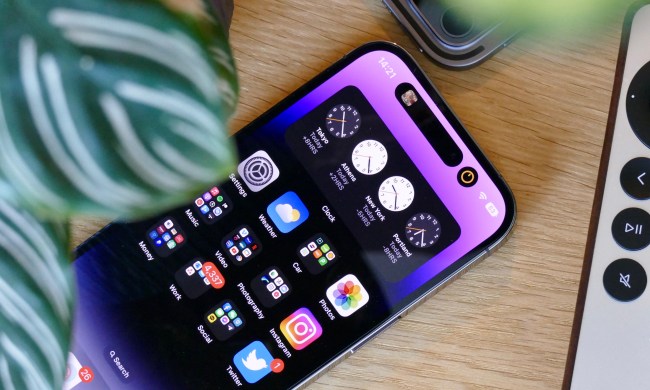
While mobile device accessibility features are generally targeted to people with conditions like poor eyesight, hearing loss, or limited mobility, accessibility features in Apple’s mobile operating systems can increasingly benefit all users. The launch of iOS 14 has brought several high-profile accessibility features like Sound Recognition, Back Tap, Headphone Accommodations, and other great features into the mainstream. We give you the lowdown on how to take advantage of them.
Sound Recognition
Sound Recognition is ostensibly designed for users with hearing loss, and functions by having your device listen for and recognize specific sounds in order to alert you whenever they are heard. A roster of pre-defined sounds includes common home-based noise in four categories: Alarms, Animals, Household, and People. It includes items like doorbells, sirens, pets, crying babies, or running water. You can set up the feature to listen only to sounds that are important to you. After setup, sound-recognition notifications will appear on your lock screen.
To set this up on an iPhone or iPad, go to Settings > Accessibility > Sound Recognition and tap to enable it. If you have a second device, you can use it as a real-time baby monitor to alert you when your baby cries or if your dog starts howling. Note that the “Hey Siri” wake word is not operative when you’re using the Sound Recognition feature.
To quickly enable and disable Sound Recognition, you can place it in the Control Center via Settings > Control Center > More Controls and tap the Sound Recognition icon. Then, drag and drop it to the position you prefer. Tap and hold the Sound Recognition icon in the Control Center to choose the sounds your iPhone should listen for. Although this is a convenient feature, Apple warns users not to rely on it in emergency situations.
Back Tap
Back Tap, as the name implies, involves physically tapping the back of your phone so that quick actions are triggered with a double- or triple-tap gesture. Correctly configured, Back Tap can save you time and effort. It lets you do anything from trigger a screenshot to enabling the Reachability feature. To enable Back Tap, go to Settings > Accessibility > Touch > Back Tap. Then select Double Tap and your preferred quick action from the four categories. Then repeat the same procedure for the Triple Tap choice. The downside is that Back Tap works only on an iPhone 8 or later and also excludes the iPhone SE (2016). See our in-depth feature for more tips on how to use the Back Tap feature.
Headphone Accommodations

If you own a pair of AirPods or Beats headphones, you can now adjust your music by going to Settings > Open Settings > Accessibility > Audio/Visual and look for Headphone Accommodations. With these controls, you can refine the sound of your headphones to emphasize various aspects, like vocals for phone calls or other types of media playback. A Custom Audio Setup option offers to play a series of A/B tests so you can figure out the best adjustment for your hearing, as the changes can be subtle. The feature also works with the AirPods Pro’s transparency mode to boost quiet voices. While this feature only works for second-generation AirPods or AirPods Pro and certain Beats headphones, some third-party headphones have paired apps that can make similar adjustments.
Sign language and VoiceOver
FaceTime can now detect when a conversation participant uses sign language and emphasizes that person in a group call. VoiceOver Recognition has also been enhanced so the feature recognizes certain non-supported on-screen elements. For example, the VoiceOver screen reader can now detect and articulate more on-screen elements, like text from images or photos.













